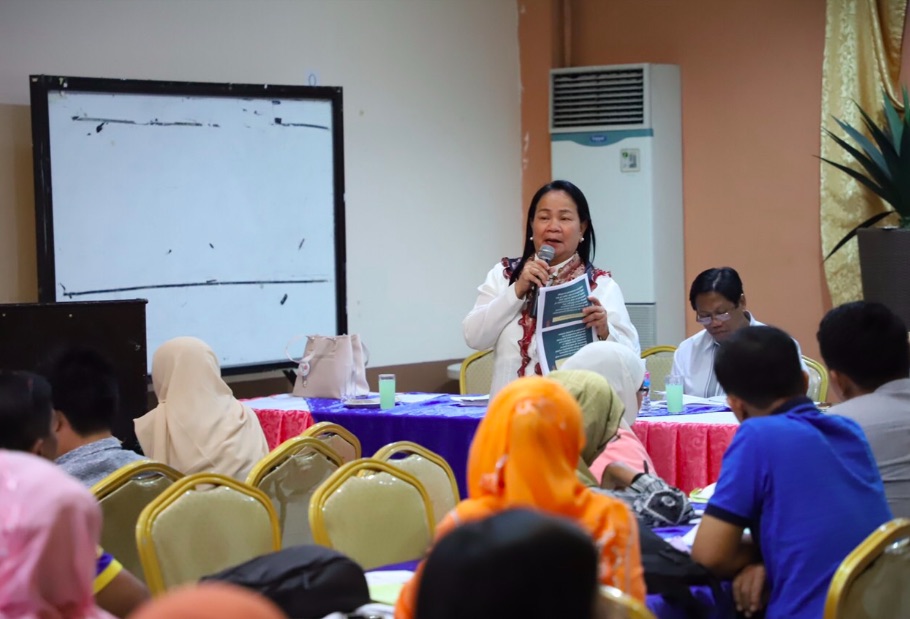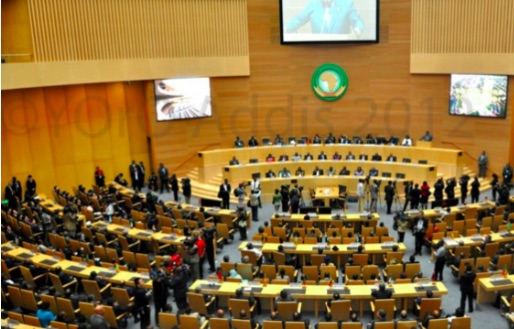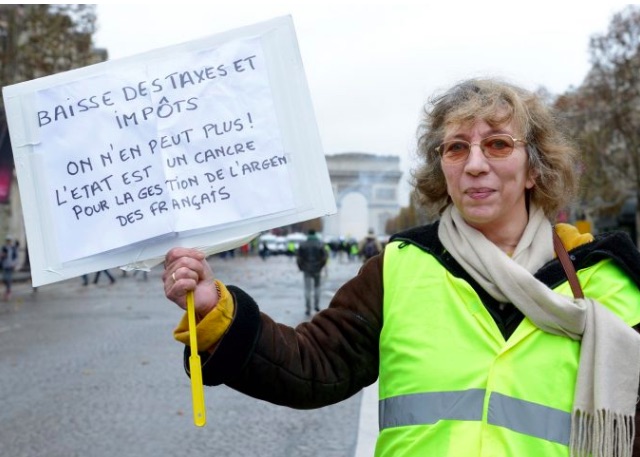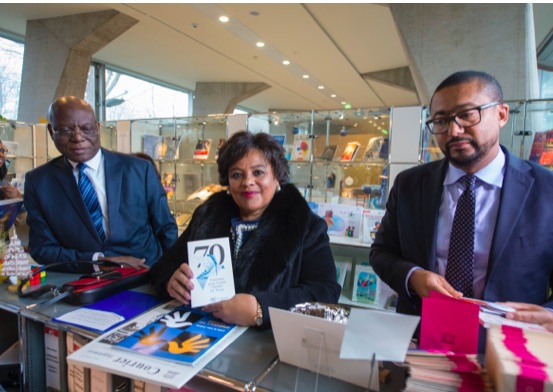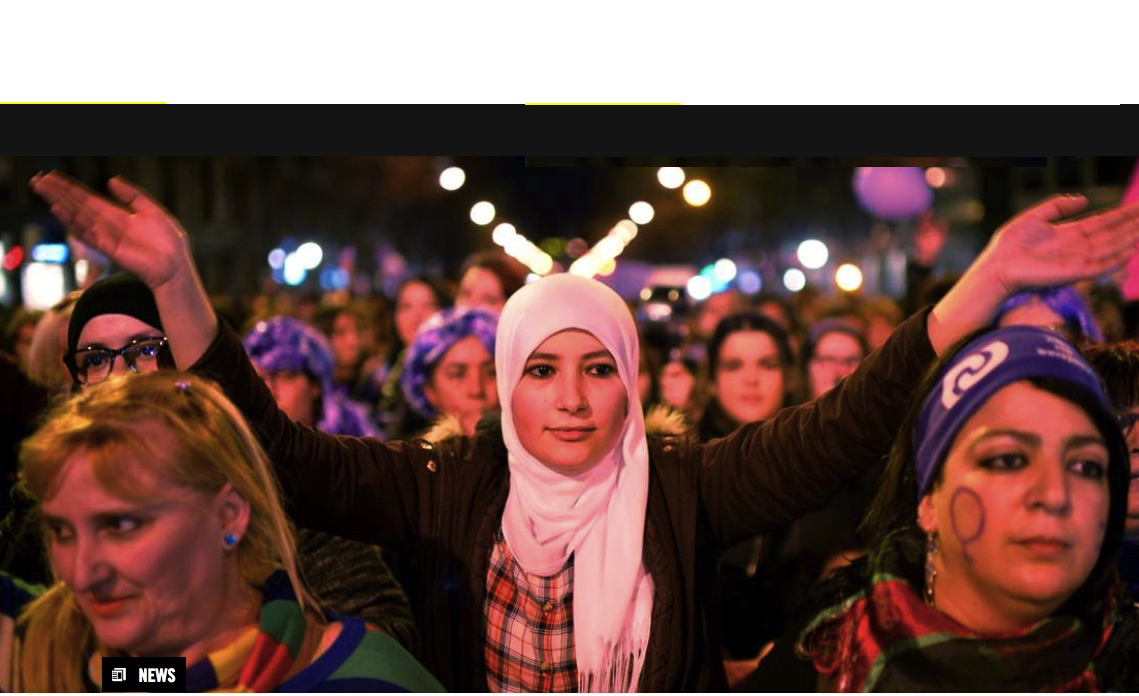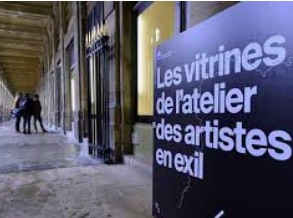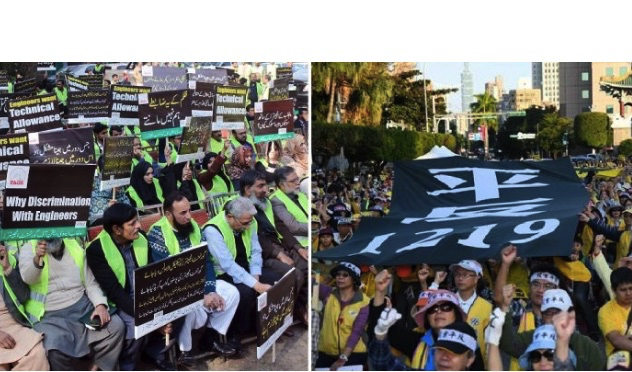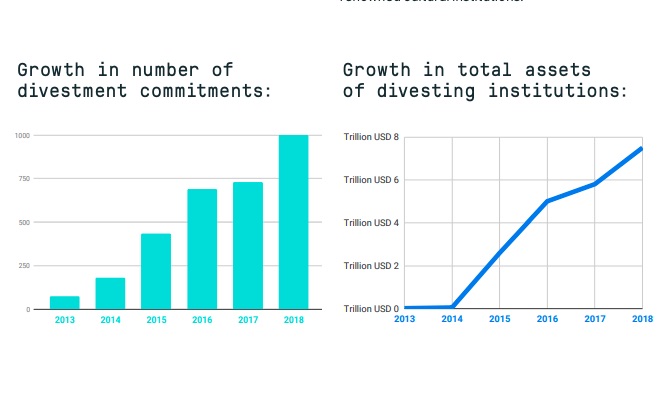. . WOMEN’S EQUALITY . .
An article by Nona Vargas in El Deber
EL DEBER spoke with the organization #NiUnaMenos, a movement that has raised the fight against sexist violence and that, in Bolivia, demands more help from the State to prevent the epidemic of feminicide and rape

They wear a purple ribbon on their wrists to identify with the global feminist movement. The militants of #NiUnaMenos arrive the streets with banners and crosses with the names of the last women who fell victims of the macho violence. They have a lot of work to do. More than 100 women die every year in Bolivia as victims of femicide. More than 16 girls and women are raped every day while state actions are weak in the face of the repeated action of violent men who scream, beat and kill women for no apparent reason. Their violence is not justified in any case.
EL DEBER spoke with the main leaders of #NiUnaMenos in Santa Cruz, an organization that emerged three years ago in La Paz and that today has a presence throughout the Bolivian territory with a directory in each district. Their objective is to help and advise the thousands of women who are desperate and dominated by fear when their partners, closest relatives or any stranger attacks them for the mere fact of being women.
Eva Morales takes the floor to remind us that the fight against sexist abuse is a matter not only of women, but also of men, because of the patriarchal system of oppression that has been established in the country for decades not only affects women but also men.
“The purple ribbon means ‘take my hand’, that is, any woman who sees another woman with this tape can know that she has someone to help her if she is a victim of violence.”
#NiUnaMenos is a global movement that has arisen to combat the proliferation of murders of women for reasons of gender. In Bolivia. It began its activities two and a half years ago in order to unite women victims of violence, family members and activists. “We seek to dignify and support those who have suffered any type of violence.”
A national committee coordinates departmental and national actions to mobilize women. As an independent civic organization, it has no links with political parties and its task is focused on the struggle of women against violence.
“We have no commitments and for that we are free to denounce any type of event that affects women,”
Morales considers that the key is in prevention, for which #NiUnaMenos requires concrete budgets in municipalities and governorates to combat violence through education and training. “That is why we are calling for an orange alert in the department and for the Minister of Justice to present himself so that he can see with us the situation of violence against women.”
Since March 2013, Bolivia has a Law to Combat Violence against Women, but the reality is that more and more women are being abused, raped or killed.
(article continued in right column)
(Click here for the original article in Spanish)
Questions related to this article:
Protecting women and girls against violence, Is progress being made?
(article continued from left column)
“We can clearly say that the crime of violence against women is finally defined. And only since 2008 that we have data from the Office of the Prosecutor on this type of crime. This is an advance, given that the Bolivian state never had data about the abuses. Due to international pressure, the Government has been forced to systematize the information on these cases in order to make visible the number of women affected. Santa Cruz is the first department in number of femicides, then comes La Paz and, thirdly, Cochabamba. But the official data of those women who denounce the abuses, in fact, are many more.
__ The case of a young girl raped by a “pack” of young men has shocked Bolivia. The relatives of the aggressors justify their children and accuse the victim. How do you see this case?
This clearly shows the degree of information and awareness that our families have.
Although they are people with an acceptable level of education, they demonstrate prejudice, misinformation and discrimination against a young woman. Violence has to do with the abuse of power. It has to do with the concept that we have of power. When does an act of violence occur? When someone does abuse their power. These young people come from affluent families and, as such, have access to certain privileges. Sexist violence has to do with the power that has been granted to man in cultural, symbolic, political and economic terms.
This culture of machismo and patriarchy has given men the belief that they are superior to women. Both men and women suffer from this belief and its consequences. It we do not dismantle this culture based on deeply rooted and traditional beliefs and practices, we will not be able to stop violence against women. Today we are identifying more and better these acts of violence, and that is why the figures are increasing, but before there were the same number of cases, only that they were not reported, but kept quiet.
__ And this comes from when we are kids .
..
So it is. We can trace the machista practices from the first years of childhood.
A study conducted in La Paz revealed that 70% of families use violence as a practice to discipline their children. Bolivia is a violent society where families use violence for abuse and punishment. Of every 10 women, eight suffer some type of violence at some point in their lives. Of every 10 women who have a partner, seven suffer some type of abuse. We have a violent culture in families and it also translates into public bodies such as the Police, the Prosecutor’s Office and the Judiciary.
__ Holding off the aggressors is not a guarantee …
Definitely. In fact, not even a legal complaint can guarantee that justice will be done. In many cases, women who make the complaint ask for actions that the law does not require such as forensic exams, witnesses and lawyers. The State is not prepared to offer these. The whole process of justice is inadequate; leading to revictimization and violation of rights.
__ How do you see the action of the State?
Weak, very weak. If we want to reduce violence, we need to work on prevention policies at all levels of the State.
We need violence prevention programs that also include men. Because violence against women is not a matter only of women; it is a matter of men and women. That means working with girls and boys, youth and adolescents to create a new generation that frees itself from the patriarchal and macho culture. Let both men and women be liberated. Because men also suffer from this system, because they can not express their emotions freely. The man who has a cultural belief that he is “the head of the house”, that he has to solve all situations and support the family: these are beliefs that must be unstructured from the collective imagination and our cultural practices, because we are all responsible for everything. The best way to prevent violence is to promote a culture of peace.
